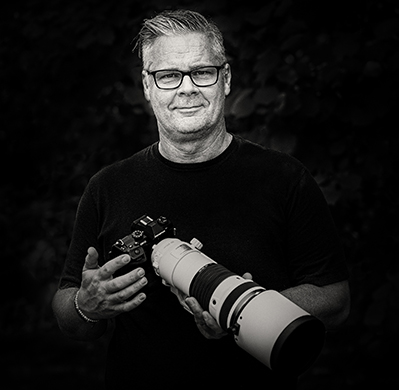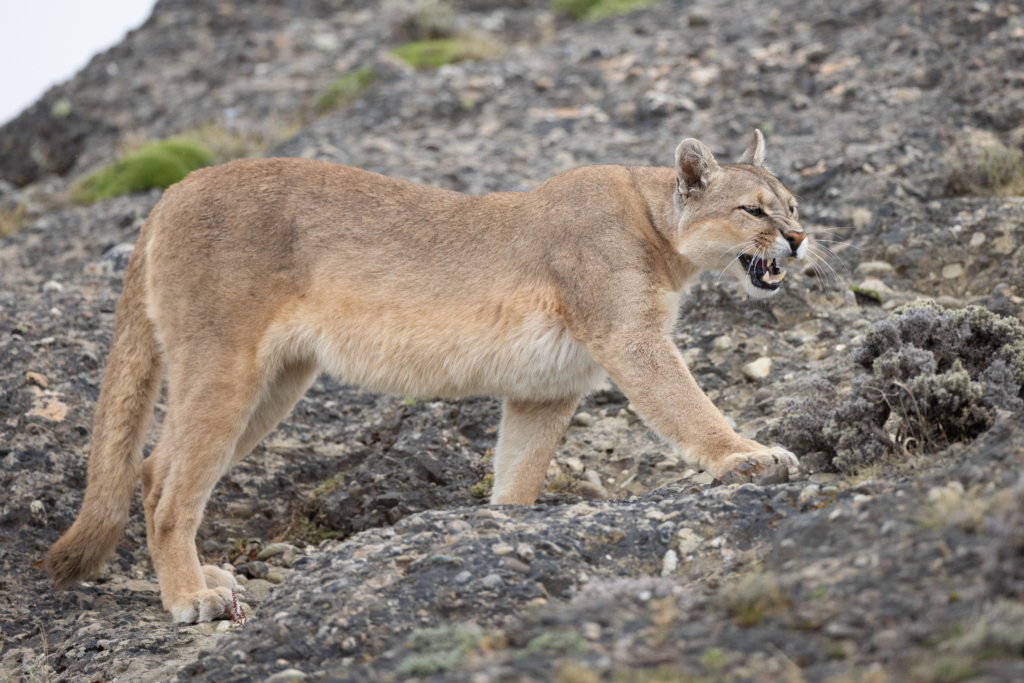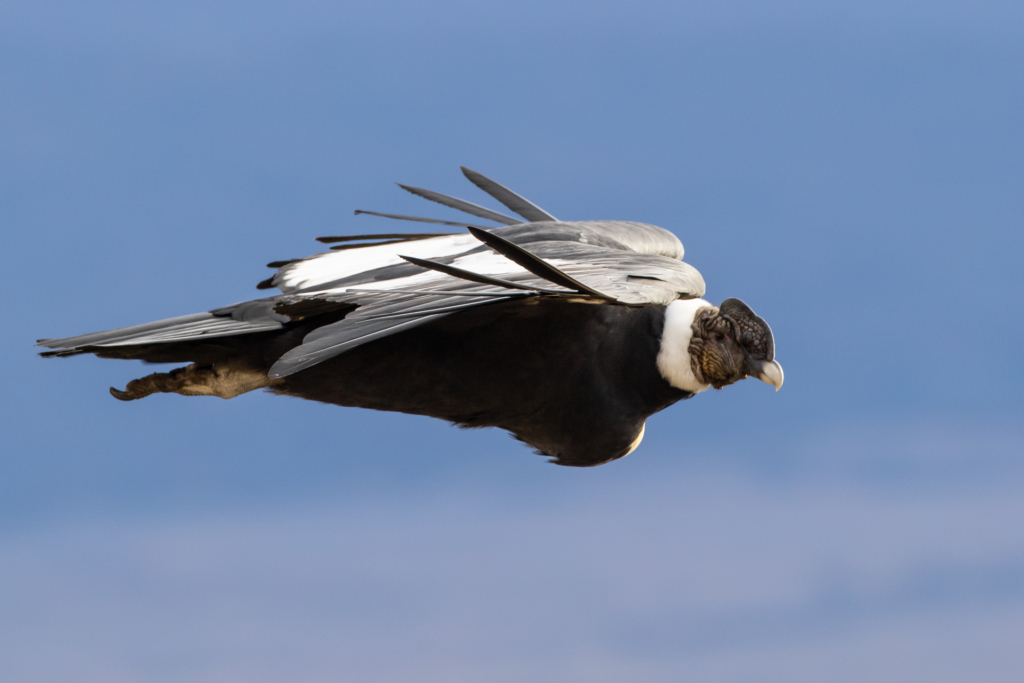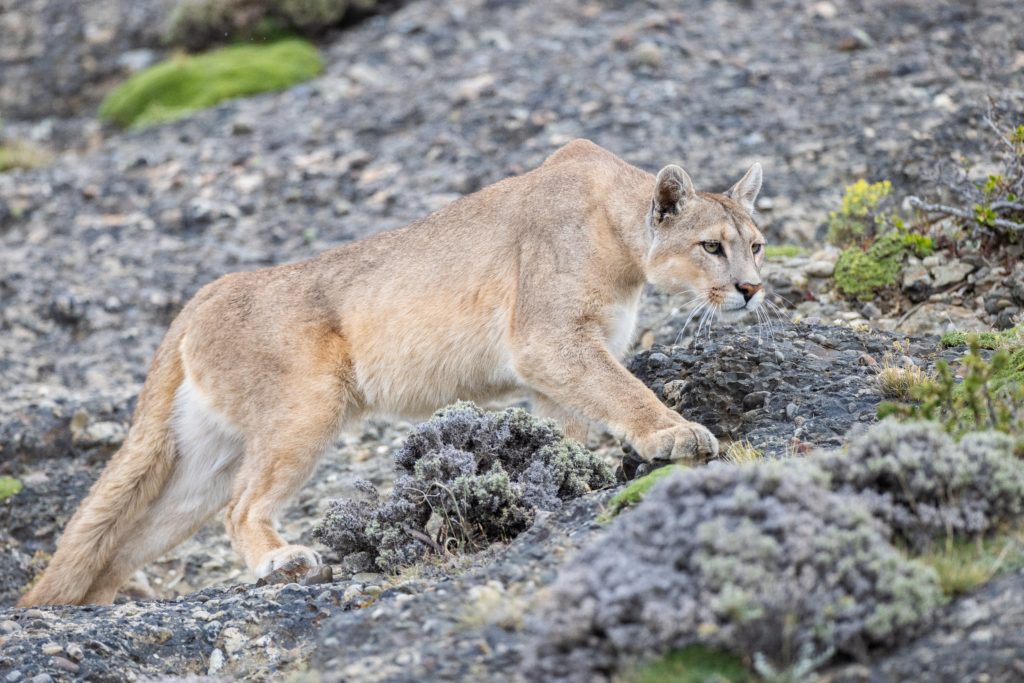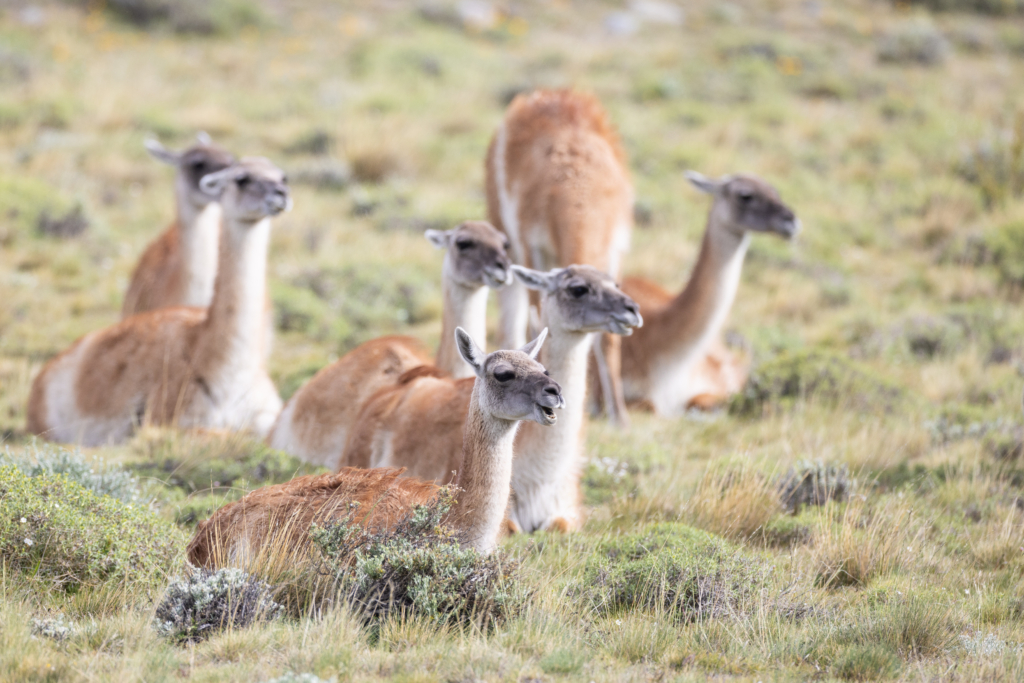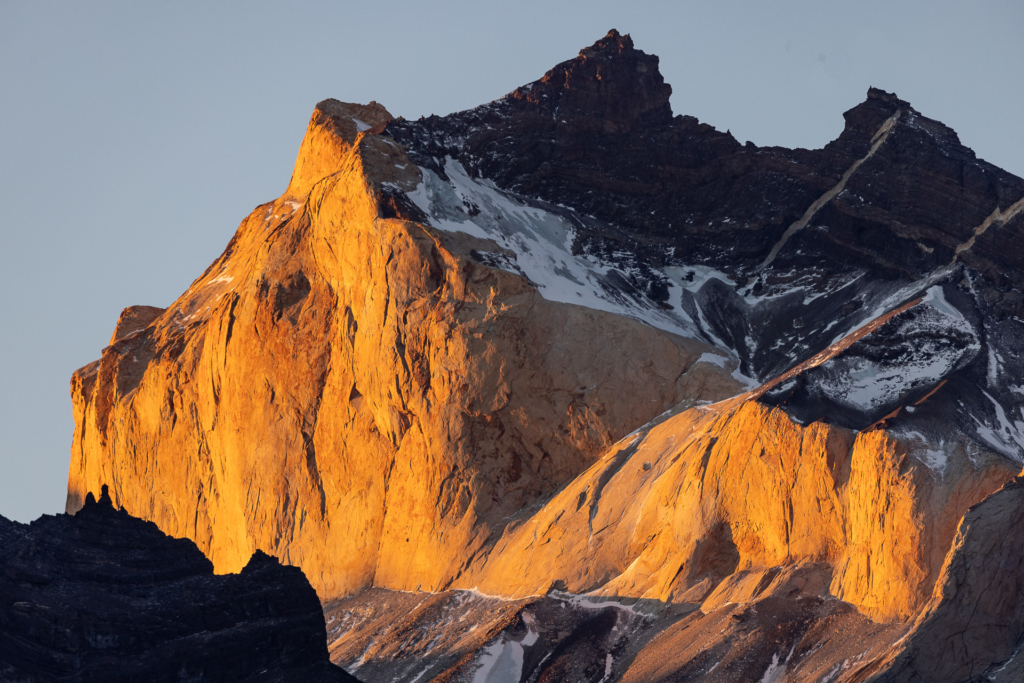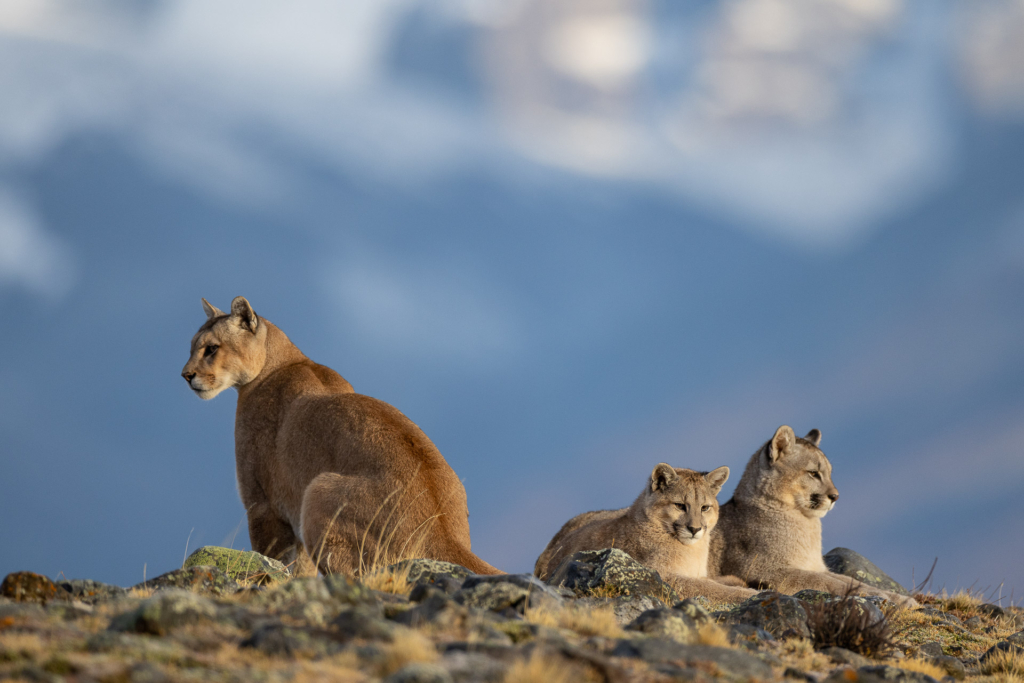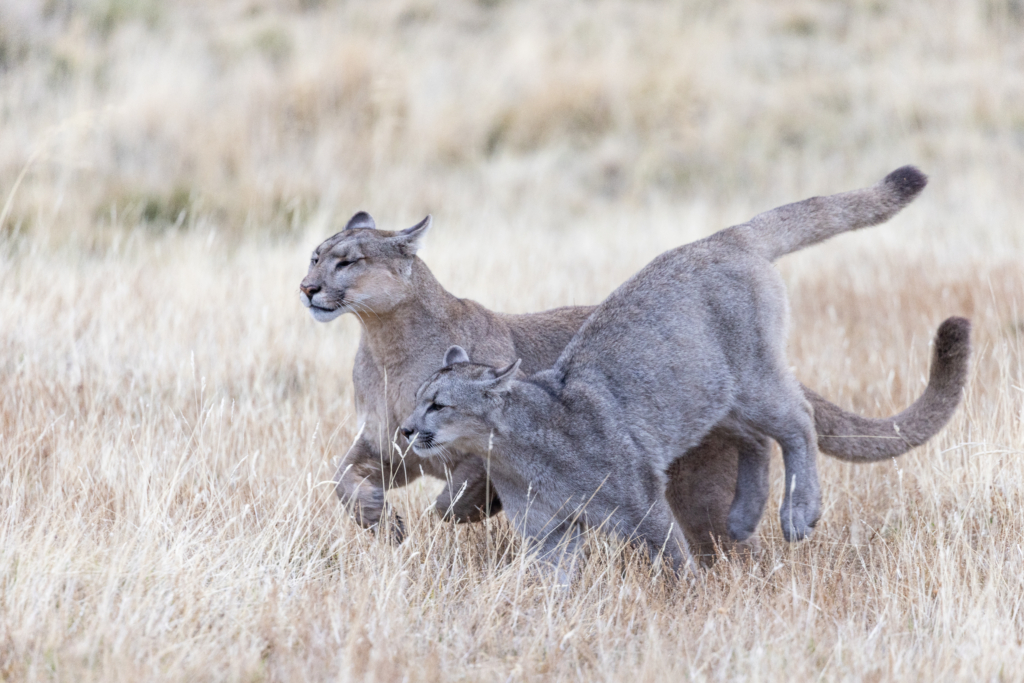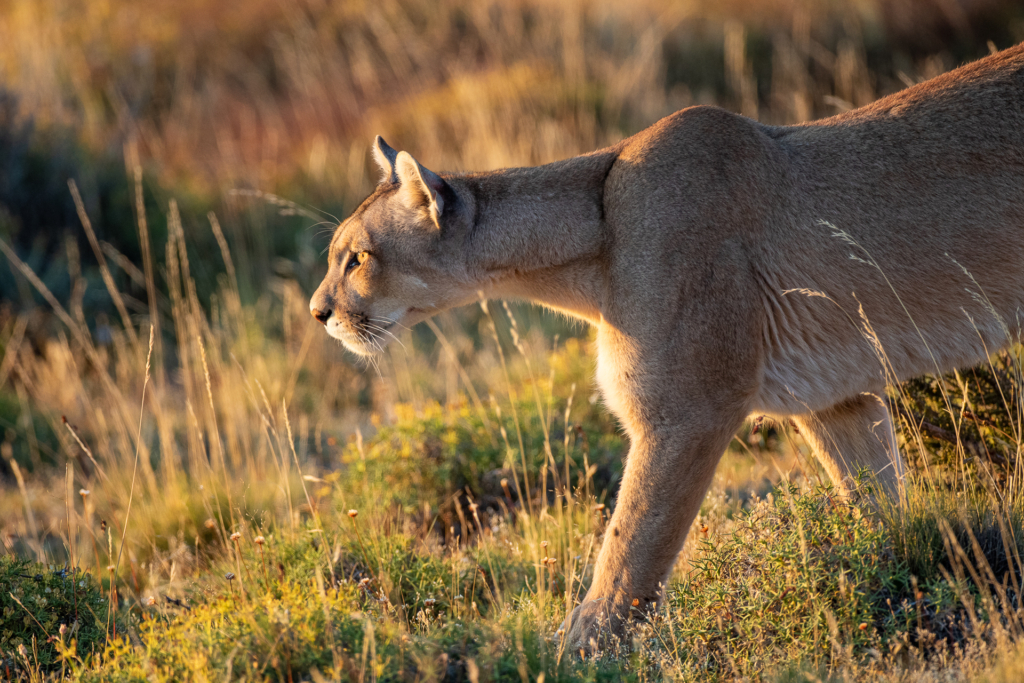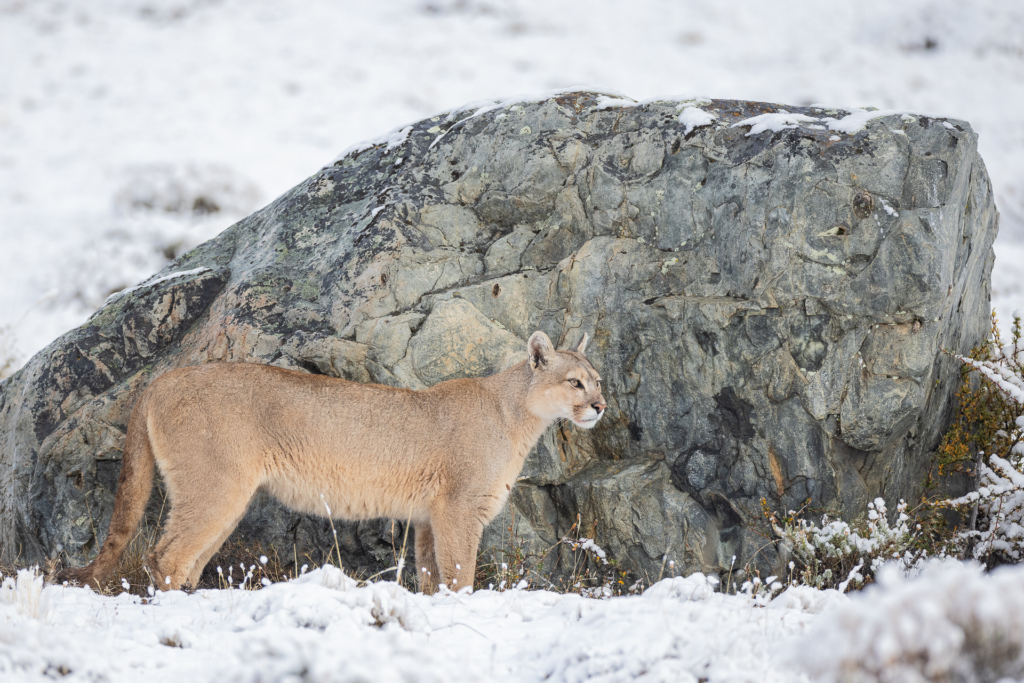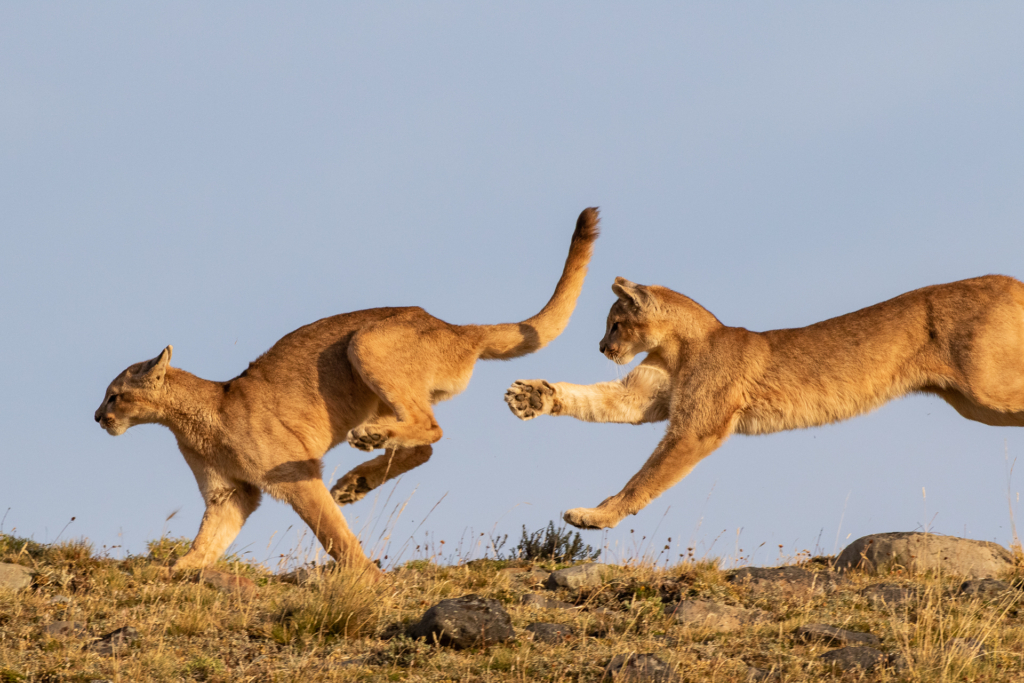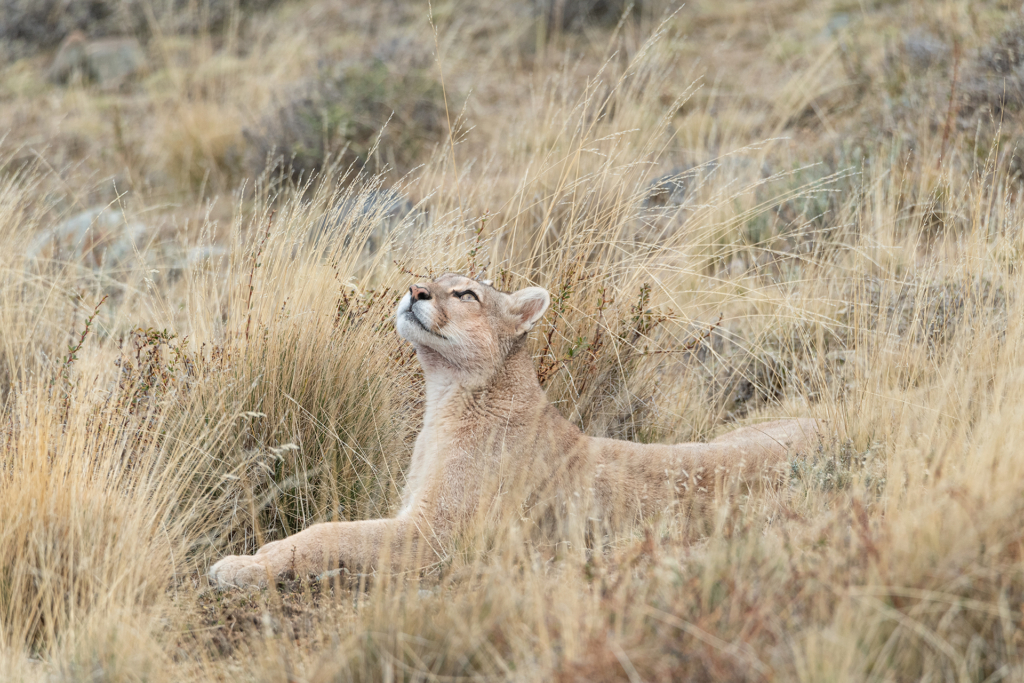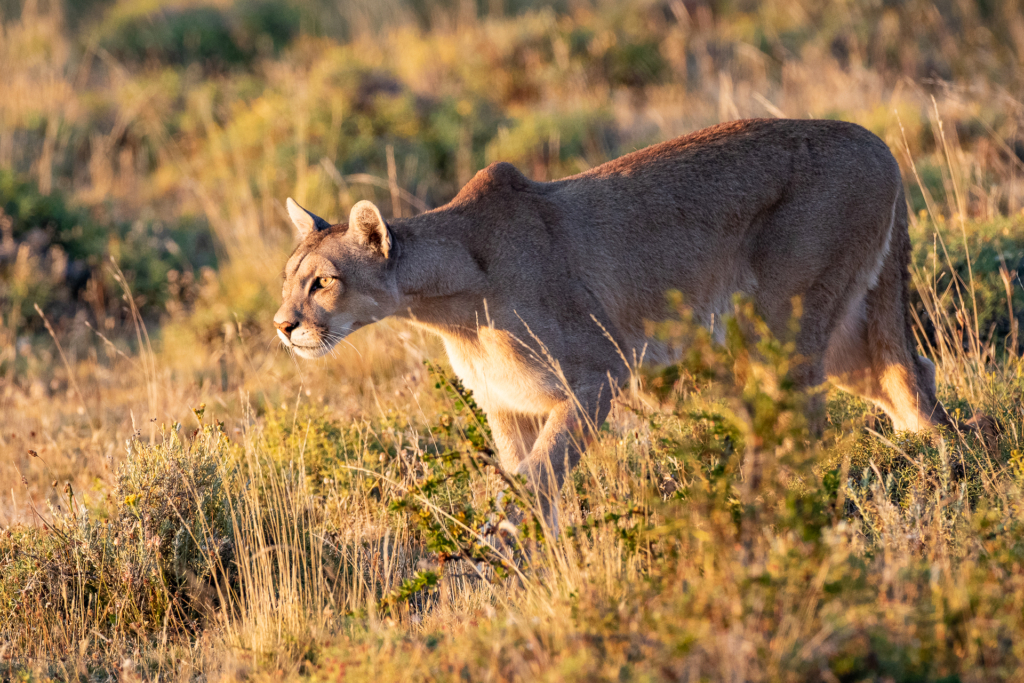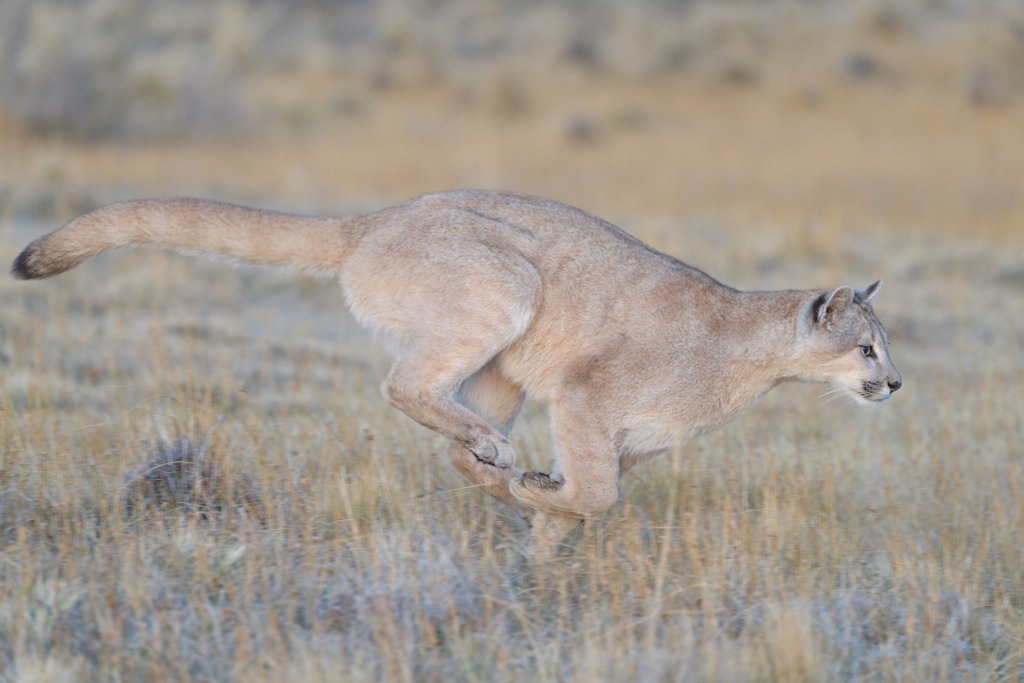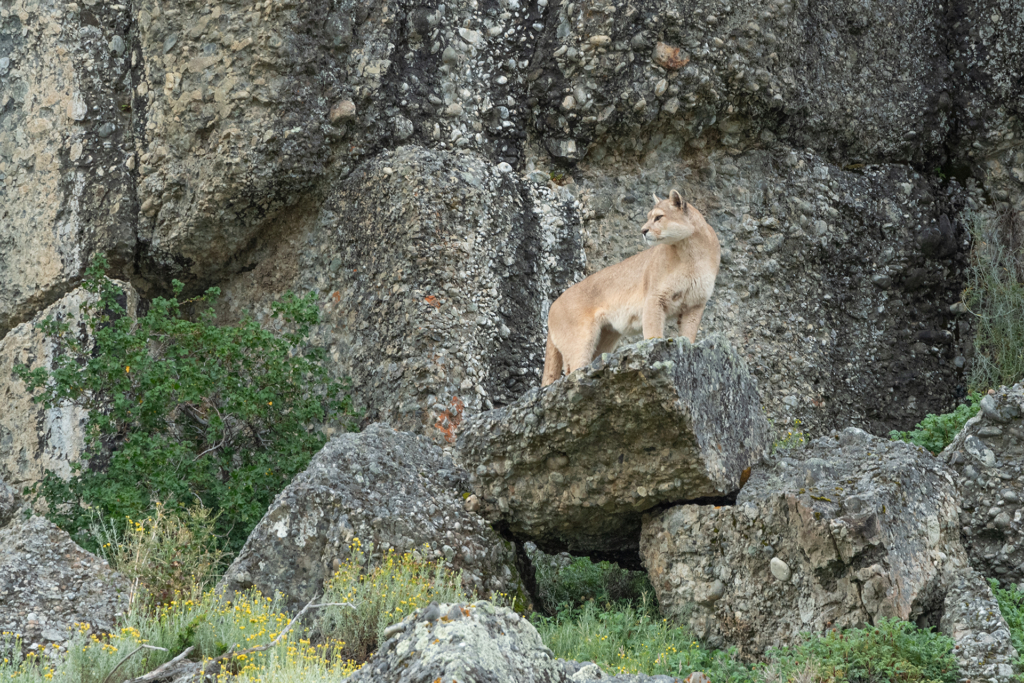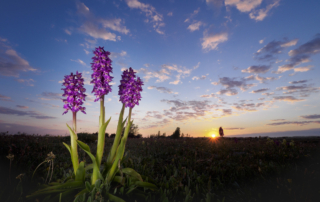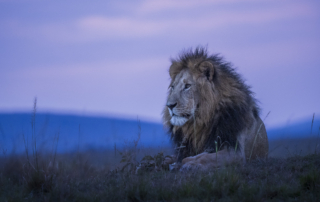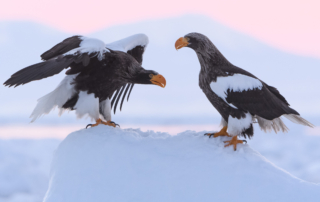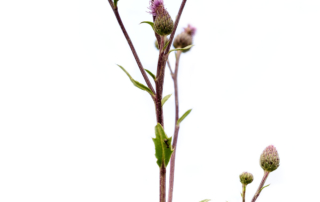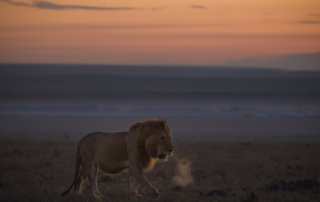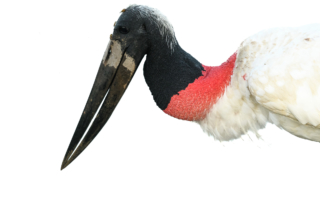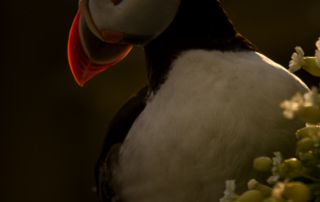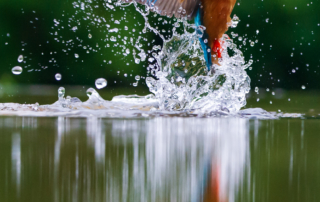Some highlights
- A photo tour planned to maximize the chances of photographing wild Pumas. We have 5 days in Pumaland
- We are looking for Pumas on a private property where our guides are one of the few companies allowed to guide there
- We look for Pumas from morning to evening with a short break in the middle of the day
- We have a Puma tracker who goes out early in the morning to look for the cats for us
- We have access to 4×4 vehicles which facilitate and give us better opportunities to photograph
- Full day of condor photography
- Other interesting animals like guanaco, foxes and birds that lives in Patagonia
- Dramatic landscape around us all the time
- In addition to the cougar tracker, we have a very good local guide
- Small group of like-minded people, maximum eight participants
Long before the sun has risen, our puma tracker heads out to begin searching for our big photo target of this trip, the pumas. We have the luxury of sleeping for another hour or so, but soon we too are heading out into the Patagonian wilderness. We make our way slowly in 4×4 vehicles on the small roads that exist, we search for pumas and other subjects to photograph. Then suddenly we get information from our tracker that they have found the pumas. The heart beats a few extra beats and we set off in our car towards the place where the puma is. We walk the last few hundred meters before we see our tracker pointing towards a hill a little way away and there it sits, the puma. Slowly we get into a photo position and start taking pictures.
PUMAS AND TORRES DEL PAINE
This photo tour is mostly focused on photographing puma in the remote and stunning Patagonian wilderness of Chile’s Torres del Paine National Park and an adjacent private ranch. Our local guides have been conducting puma tours here for more than 20 years so they know the area inside and out. The area we are going to is the best place in the world to see this magnificent cat. Torres del Paine National Park, is often considered by visitors as one of the most beautiful and majestic wild places on the planet. In the national park it is not unusual to see relaxed and curious guanacos, foxes and other animals up close, but to see the lone hunter that lives in the vast and rugged hills, the mighty puma, is something else.
In order for us to have the best conditions to find pumas and be able to photograph them, we will look for this wonderful cat on a private ranch bordering the national park. How you are allowed to move in the national park is strongly restricted, but in the private lands around the park we have opportunities to move much more freely. The ranch we will be at is considered one of the best places, if not the best, to see puma. Our local guides are one of the few companies that have access to guide inside the ranch. The ranch is also heavily involved in the protection and conservation of pumas in Patagonia.
Pumas are normally most active at night, early in the morning and late in the evening. During these times, the pumas are usually patrolling their territory, hunting guanacos and other prey, or interacting with their young. We adapt our photography to these times. We will have two sessions each day, a morning session and an evening session (about 4 hours each). In the middle of the day we will not look for cougars to avoid disturbing them as they rest and sleep after a long night hunting for elusive guanacos. Normally and depending on the light of day, we can continue photographing other animals in the park or we will take some time to rest, recharge our batteries and get ready for the evening’s puma session.
The pumas of Patagonia and especially around Torres del Paine, are large and powerful and are considered the largest race of the species. With an unusually high number of pumas in the national park and its surroundings, the area has become the most sought-after places to visit for viewing and photographing wild pumas. The large numbers of pumas are mainly due to the stable population of guanacos so there is a constant supply of food. Perhaps an even more important factor in the pumas being found in such large numbers here is the increased protection the puma has received and that the local population sees that the animals generate income for the area. A brilliant example of how tourism can contribute to nature conservation.
CONDOR
During the tOUR, will we also photograph condors, one of the world’s largest birds of prey. The condor is found in the Andes and along the Pacific coast of western South America. The condor used to be more common and widespread, today there are roughly 10,000 condors in the wild. In the Patagonian parts of the Andes it is still numerous. We will photograph condors for a full day at a private ranch where they have long worked to protect the condor. Today there is a population of more than 100 condors here that use the area’s rocks to rest and nest. In the air, there are almost always condors flying. We will have opportunities to take both flight photos and portraits of this mighty bird.
Join us on this journey to discover the wildlife of Torres del Paine and one of its most secretive and yet most awe-inspiring inhabitants, the puma.
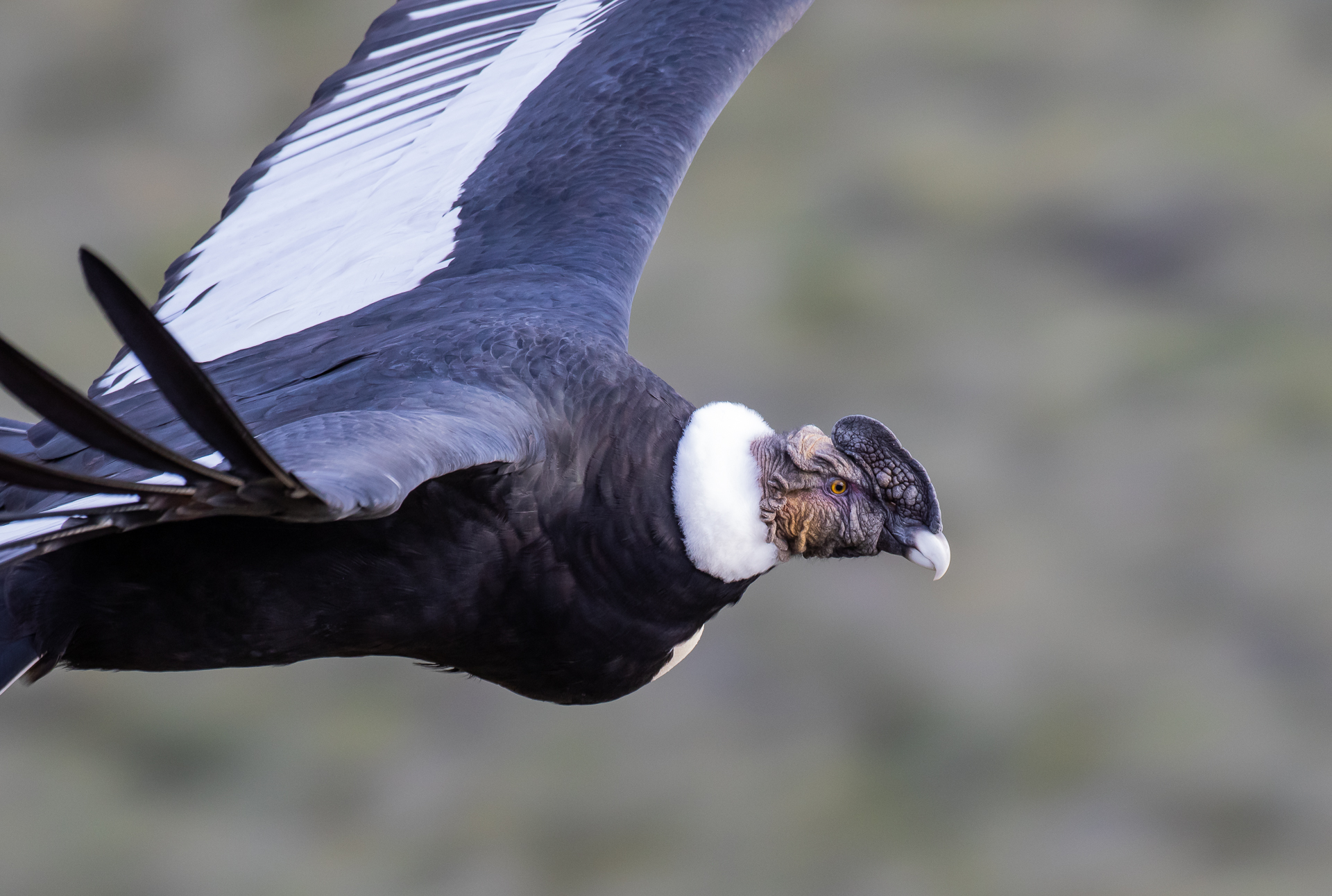
Itinerary
Day 1 (8/11) (Dinner)
Arrival in Punta Arenas during the afternoon. We are met by our local guide and go to our hotel.
Day 2 (9/11) (Breakfast – Lunch – Dinner)
We leave Punta Arenas early in the morning and travel towards Puerto Natales and Cerro Castillio where we will stay for the next five nights. Depending on how long the trip took, we try to have our first attempt at photographing pumas and other exciting things.
Day 3 – 6 (10 – 13/11) (Breakfast – Lunch – Dinner)
During these four days, we focus on photographing pumas. Of course, we will not forget all the other animals such as guanaco and foxes and birds. We have the landscape around us all the time. During these days we will have the help of a local puma tracker. He will be out early in the morning and start looking for pumas for us. We have access to 4×4 cars but we will have to walk a lot during the days to get in a good position for the pumas.
Day 7 (14/11) (Breakfast – Lunch – Dinner)
We make one last trip to find pumas or if we are satisfied, we focus on other motifs during the morning. During the day we go back to Punta Arenas.
Day 8 (15/11) (Breakfast – Lunch – Dinner)
Today we have a full day with Condors. We are going to an area where there are plenty of condors and we will be able to photograph them both from low and high places. We will have many opportunities to take great flight photos of these majestic birds. In the evening back to Punta Arenas.
Day 9 (16/11) (Breakfast – Lunch)
Today ends our journey in Patagonia. During the morning/afternoon we get to the airport and start our journey home.
Fotografiskledare
Henrik Karlsson, born in 1968, is a photographer, writer and conservation biologist.
Henrik is a trained biologist and used to work with water and conservation issues.
He is an ambassador for OM SYSTEM and has been appointed as a National Geographic Explorer and is a member of the Swedish Nature Photographers Association (Naturfotograferna/N) as well as PhotoNatura. In 2003 he was awarded Naturfotografernas/N and Kodak’s scholarship. Henrik has also won awards in several European photo competitions.
Henrik has a wide selection when it comes to subjects to take images of and tell stories about. He will be more than happy to photograph everything from insects to the orchids in the forest or the great wild animals around the world. He has the whole world as his photographic field but is more and more drawn to Africas beauty and wildness.
Previously, Henrik worked as a guide in several Swedish Nature Reserves and National Parks. He is a frequent lecturer and an appreciated guide on photo courses and workshops. He also leads photo tours all over the world.
In 2011 Henrik self-published the book ”Mångfaldens ö – bilder och tankar från Ölands natur”, and the book ”Vilda Norden” was published in 2017. 2020 he published the book Ölands orkidéer and in 2021 Orkidéer på Gotland.
